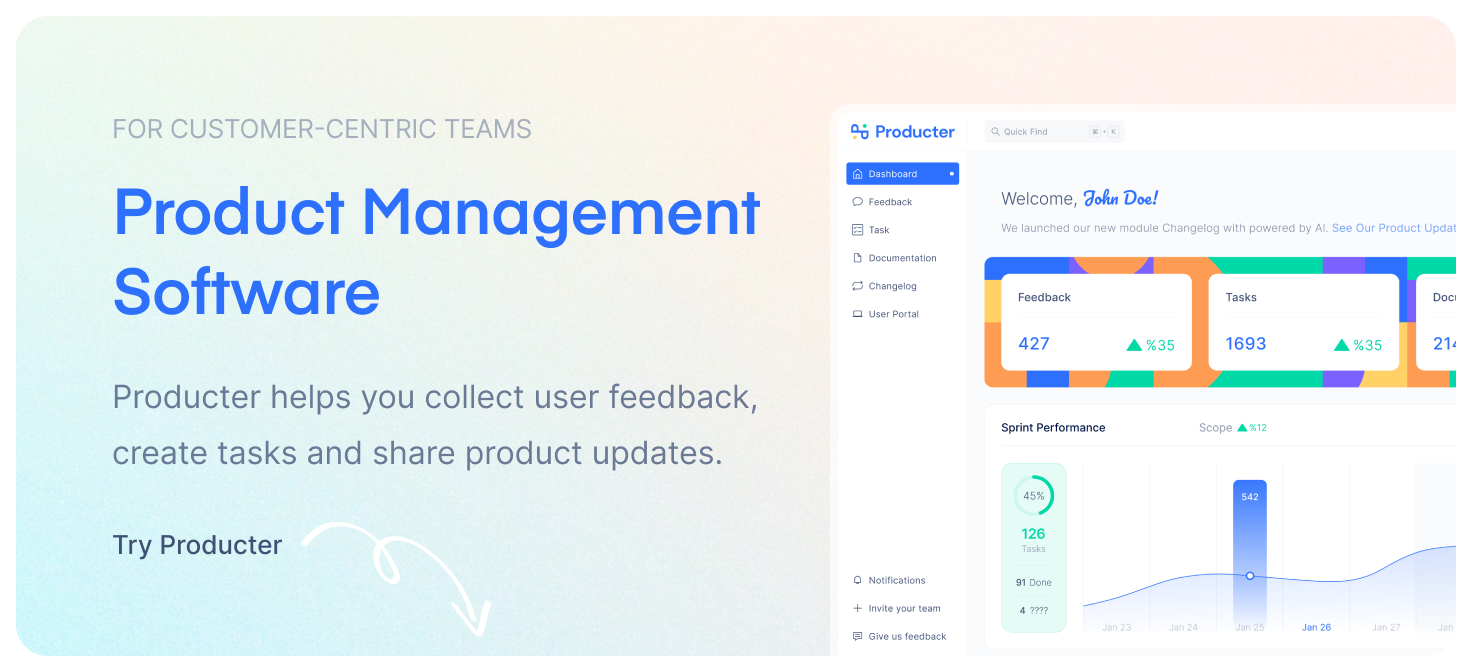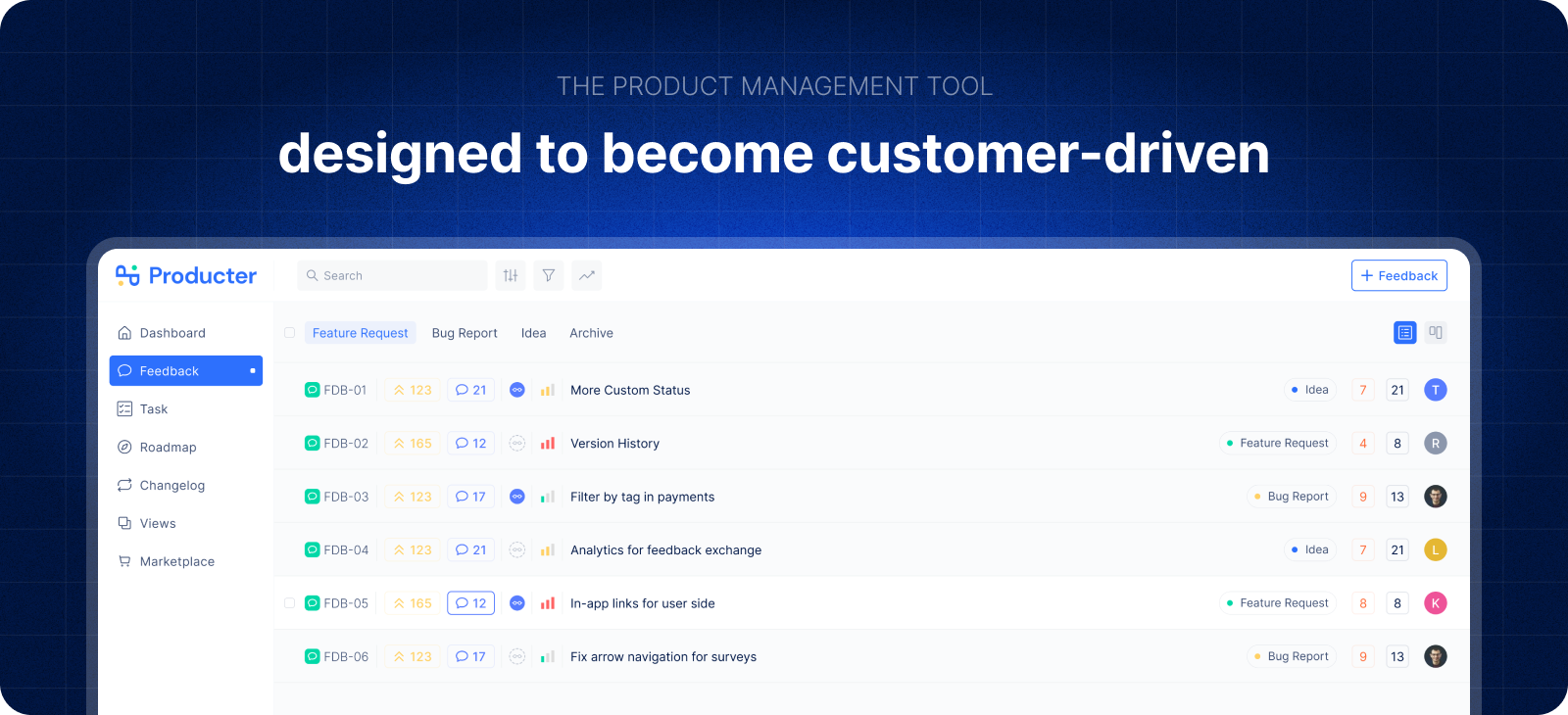Conversion rate is a measure of how often visitors to a website take a desired action, such as making a purchase or signing up for a newsletter.
The higher the conversion rate, the more effective the website is at converting visitors into customers or subscribers.
How Conversion Rate Affects Businesses?
Conversion rate is a key metric for any business, as it indicates how well the company is performing in terms of turning visitors into paying customers.
A high conversion rate means that more people are buying what you're selling, while a low conversion rate suggests that something is preventing potential customers from completing a purchase. There are two main ways in which conversion rate affects businesses:

1. Higher conversion rates mean more sales and revenue
This one is pretty straightforward - the higher your conversion rate, the more sales you'll make, and the more revenue your business will generate.
If you can find ways to increase your conversion rate, even by a small amount, it can have a significant impact on your bottom line.
2. Conversion rate is a key metric for assessing marketing effectiveness
Your conversion rate is also a valuable metric for assessing the effectiveness of your marketing efforts.
If you're spending money on paid advertising, for example, you'll want to know how many of those ads are actually resulting in conversions.
The same goes for any other marketing activities you're undertaking, such as email marketing, social media marketing, or even offline advertising.
By tracking your conversion rate, you can get a good idea of which marketing channels are performing well and which ones aren't delivering the results you need.
This information can then be used to adjust your marketing strategy accordingly.
How to Calculate Conversion Rate?

Conversion rate is a statistic that measures the percentage of visitors to a website who take action on a desired goal. The desired goal could be anything from making a purchase, to signing up for a newsletter, to downloading a white paper.
There are a number of ways to calculate conversion rate, but the most common is simply dividing the number of conversions by the number of visitors. So, if you have 100 visitors to your website and 10 of them make a purchase, your conversion rate would be 10%.
It's important to note that conversion rate is different from sales or revenue. Sales or revenue measures the total amount of money generated from a website or campaign, while conversion rate measures the percentage of visitors who take a desired action.
How to Improve Your Conversion Rate?

Now that we've seen how important conversion rate is for businesses, let's take a look at some practical tips for improving your own conversion rate:
1. Make sure your products or services are clearly defined
One of the most common reasons why potential customers don't convert is because they're unsure about what it is they're actually buying.
If your product descriptions are vague or confusing, people will simply click away and look elsewhere.
Make sure your products or services are clearly defined, and that visitors to your site know exactly what they're getting before they make a purchase.
2. Use strong calls to action
Your call to action is what tells visitors what you want them to do next. It should be clear, concise, and hard to miss.
Don't be afraid to use strong language like "Buy Now" or "Sign Up Today" - studies have shown that these types of CTAs can actually increase conversion rates.
3. Offer a sense of urgency
People are more likely to take action when they feel like they need to act fast.
You can create a sense of urgency by offering time-sensitive discounts or deals, or by highlighting the limited availability of your products or services.
4. Make it easy to buy from you
The easier it is for people to buy from you, the more likely they are to actually make a purchase.
This means having a clear and simple checkout process, as well as offering multiple payment options.
You should also consider offering free shipping or other incentives to encourage people to buy from you.
5. Remove any barriers to purchase
Any barriers that exist between your potential customers and a conversion are going to decrease your conversion rate.
This could be anything from a long and complicated checkout process to a lack of payment options.
Remove any unnecessary steps or obstacles in the purchasing process, and make it as easy as possible for people to buy from you.
6. Provide social proof
People are more likely to convert if they see that others have already done so.
This is known as social proof, and it can be in the form of customer testimonials, reviews, or even social media posts.
If you can show potential customers that others have had a positive experience with your brand , they'll be more likely to convert themselves.
7. Build trust with potential customers
If people don't trust your brand, they're not going to convert.
There are a few ways you can build trust with potential customers, including by displaying security seals on your site, offering a money-back guarantee, or featuring customer testimonials prominently on your site.
8. Focus on the user experience
The overall user experience on your site should be a top priority if you want to improve your conversion rate.
This includes everything from the design of your site to the way your content is presented.
Make sure your site is easy to navigate, and that visitors can find what they're looking for quickly and easily.
Pay attention to the small details, as they can make a big difference in the overall user experience.
9. Test, test, test
One of the best ways to improve your conversion rate is to constantly test different elements on your site.
This could be anything from the color of your CTA button to the placement of your buy now button.
Try different things and see what works best for your audience. Then, once you've found a winning combination, implement it site-wide.
10. Keep track of your progress
It's important to keep track of your ecommerce conversion rate data so that you can see the impact of any changes you make to your site.
Use Google Analytics or another similar tool to track your conversion rate over time.
This will help you to see what's working and what's not, and to make changes accordingly.
If you want to improve your conversion rate, there are a few things you can do. Make sure your products or services are clearly defined, and use strong calls to action.
Factors that Impact Conversion Rate
There are many factors that can impact conversion rates, including the design of the website, the quality of the content, and the clarity of the call to action.
Website Design:
A well-designed website that is easy to navigate and relevant to the user's needs is more likely to convert visitors into customers.
Content Quality:
Visitors are more likely to convert if they find the content on the website to be valuable and relevant.
Call to Action:
The call to action should be clear, concise, and easy to follow in order for visitors to take the desired action.
Conversion Rate Optimization
Conversion rate optimization (CRO) is the process of increasing the percentage of visitors to a website who take action, such as making a purchase or filling out a form. The process is essential for the success of marketing campaigns and online advertising. Therefore, it is mostly used by Google Ads advertisers as well.
There are many techniques that can be used to improve conversion rates, such as A/B testing, usability testing, and reducing friction in the checkout process.
CRO is important because it can help you increase revenue while also reducing your customer acquisition costs.
A higher conversion rate means that you’ll need to acquire fewer customers to reach your goals, which can save you a lot of money in the long run.
By testing different elements of their website and making changes based on the results, businesses can increase their conversion rate and get more value from their website traffic.
Frequently Asked Questions
What is a conversion rate?
A conversion rate is the percentage of visitors to your website who take action and become customers or leads. It is an important metric in digital marketing and companies keep focus on the conversion rate tracking.
This is even more important on landing pages since the success of a landing page is measured with a keyword conversion rate. So, for any successful marketing strategy or campaign, conversion rate is critical. If you optimize the conversion tracking to have more conversions, you can increase the revenue of your company.
If you have a conversion rate of 2%, that means 2 out of every 100 visitors to your site take some desired action.
What are the main factors that affect conversion rate?
There are many factors that affect conversion rate, but some of the most important include:
The quality of your traffic:
You're more likely to convert website visitors who are interested in what you offer than those who are just browsing.
Your website's design and user experience:
Visitors are more likely to convert if your site is well-designed and easy to use.
The clarity of your value proposition:
Visitors need to know what you offer and why they should buy from you.
Your pricing:
If your prices are too high, you may lose potential customers. If they're too low, you may seem untrustworthy.
Your call to action:
Your call to action should be clear, direct, and easy to find.
Producter is a product management tool designed to become customer-driven.
It helps you collect feedback, manage tasks, sharing product updates, creating product docs, and tracking roadmap.






